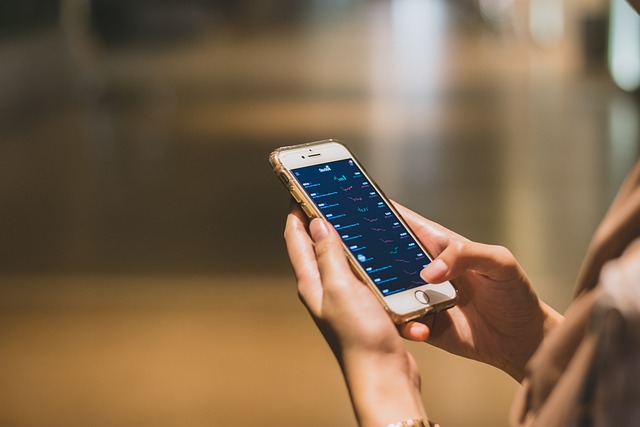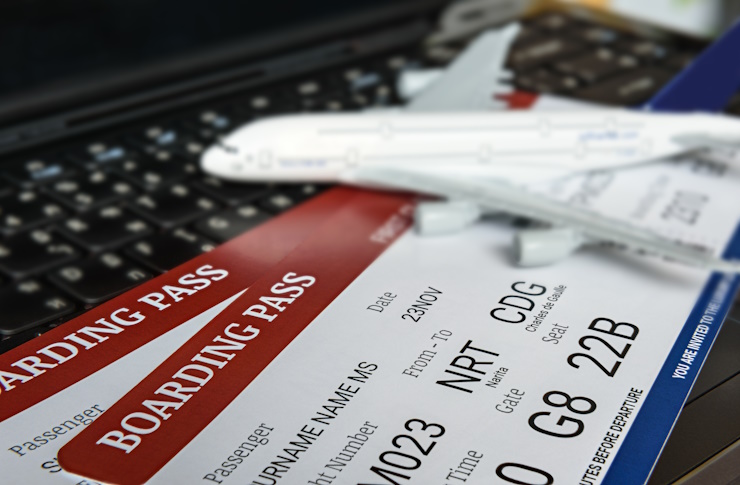Smart Guide to Buying Secondhand Phones: Save Money and Reduce Waste
Purchasing a secondhand smartphone can be an economical and environmentally conscious decision in today's tech-driven world. With new flagship models commanding premium prices, the pre-owned market offers substantial savings while extending the lifecycle of perfectly functional devices. This guide explores how to navigate the used phone marketplace safely, ensure you're getting a quality device, and contribute to reducing electronic waste.

The secondhand smartphone market has grown significantly in recent years as consumers seek ways to balance their technology needs with budget constraints and environmental concerns. With the average smartphone containing valuable materials and requiring significant resources to manufacture, extending the life of these devices through resale makes both economic and ecological sense. Whether you’re looking to save money or reduce your environmental footprint, buying a pre-owned phone can be a smart choice when approached with the right knowledge and precautions.
Evaluating The Condition Of Secondhand Devices
When purchasing a used smartphone, thorough assessment of its physical and functional condition is crucial. Start with a visual inspection for obvious damage like screen cracks, dents, or water damage indicators (typically found inside the SIM tray or battery compartment). Test all buttons, speakers, microphones, and cameras to ensure they function properly. The battery health is particularly important—look for devices that retain at least 80% of their original capacity, as replacement batteries can add significant cost to your purchase.
Software assessment is equally important. Check that the phone can be factory reset and isn’t locked to a previous owner’s account. Verify that the IMEI number (found in the phone settings or by dialing *#06#) matches the one on the box or documentation, and use online IMEI checkers to confirm the device hasn’t been reported lost or stolen. Many reputable sellers will provide diagnostic reports detailing the device’s condition, which can give you additional confidence in your purchase.
Understanding Warranty Options For Used Phones
Warranty coverage varies significantly in the secondhand market, making it an important factor in your purchasing decision. When buying from certified refurbished programs offered by manufacturers like Apple or Samsung, you’ll typically receive a limited warranty (usually 6-12 months) that covers manufacturing defects. Third-party refurbishers often provide their own warranties ranging from 30 days to one year, though coverage terms may be more limited than manufacturer warranties.
Individual sellers on platforms like eBay or Facebook Marketplace rarely offer warranties, though some may allow a short return window. Consider purchasing extended warranty coverage or insurance for your secondhand device, especially for higher-end models. Companies like SquareTrade and Asurion offer plans specifically for pre-owned devices that can provide peace of mind. Always read warranty terms carefully, noting exclusions and claim procedures before finalizing your purchase.
Identifying Trusted Sources For Secondhand Purchases
The source of your secondhand phone significantly impacts the reliability and safety of your purchase. Manufacturer refurbished programs represent the gold standard, with devices thoroughly inspected, repaired with genuine parts, and certified to meet specific quality standards. Major retailers like Best Buy, Amazon Renewed, and Gazelle have established refurbishment programs with consistent quality control and return policies that provide additional consumer protection.
For peer-to-peer purchases, established platforms like Swappa require verification steps that reduce fraud risk, while general marketplaces like eBay offer buyer protection programs but require more diligence. Local transactions through platforms like Facebook Marketplace or Craigslist allow for in-person inspection but carry higher risks of fraud with fewer protections. Regardless of source, research seller ratings and reviews thoroughly, and be wary of deals that seem too good to be true—they often are. Legitimate sellers will provide clear photos, detailed descriptions, and transparent communication about any issues with the device.
Assessing The Environmental Impact Of Used Phones
The environmental benefits of purchasing secondhand phones are substantial and multifaceted. Manufacturing a single smartphone generates approximately 60-80 kg of CO2 emissions and requires mining rare earth elements and precious metals, processes that have significant ecological impacts. By extending a phone’s useful life through resale, you help amortize these environmental costs over a longer period, effectively reducing the per-year environmental impact of the device.
E-waste represents one of the fastest-growing waste streams globally, with less than 20% of electronic devices being formally recycled. Smartphones contain materials like lead, mercury, and flame retardants that can leach into soil and water when improperly disposed of. Additionally, valuable materials like gold, silver, copper, and rare earth elements are lost when devices are discarded rather than reused. By participating in the secondhand market, you’re directly contributing to a circular economy that maximizes resource efficiency and minimizes waste.
Pricing and Market Comparison for Secondhand Phones
The secondhand smartphone market offers significant savings compared to new devices, with prices varying based on age, condition, and source. Certified refurbished phones typically command higher prices but offer greater reliability and warranty protection. Below is a comparison of average price points for popular models from different sources:
| Phone Model | Certified Refurbished | Third-Party Refurbished | Private Seller | |————-|————————|————————-|—————-| | iPhone 13 | $550-650 | $450-550 | $400-500 | | Samsung S22 | $500-600 | $400-500 | $350-450 | | Google Pixel 6 | $300-400 | $250-350 | $200-300 | | OnePlus 9 | $300-350 | $250-300 | $200-250 | —
Prices, rates, or cost estimates mentioned in this article are based on the latest available information but may change over time. Independent research is advised before making financial decisions.
Tips For Safely Transferring Data To A Secondhand Phone
Transitioning to a secondhand phone requires careful attention to data security for both the previous device and the new-to-you phone. Before using your newly acquired secondhand device, perform a complete factory reset to ensure any remaining data from the previous owner is completely erased. On Android devices, enable encryption before resetting for maximum security. For iPhones, verify that the previous owner has removed their Apple ID and that the device is no longer linked to their account through Find My iPhone.
When transferring your own data to the secondhand phone, use manufacturer-provided tools like Samsung Smart Switch or Apple’s Quick Start for the most seamless experience. Cloud services like Google Drive or iCloud can also facilitate transfers of photos, contacts, and app data. Before disposing of your old device, back up important data and perform your own factory reset after removing SIM and memory cards. Consider using specialized data transfer apps that can move specific content types while leaving behind potentially problematic settings or cached data that might conflict with your new device’s configuration.
The secondhand smartphone market offers compelling benefits for budget-conscious and environmentally aware consumers. By carefully evaluating device condition, understanding warranty options, purchasing from reputable sources, considering environmental impact, and safely handling data transfer, you can make a smart investment that serves both your needs and the planet. The growing ecosystem of refurbished and pre-owned options means you don’t have to compromise on quality or features while still enjoying substantial savings and reducing electronic waste.




